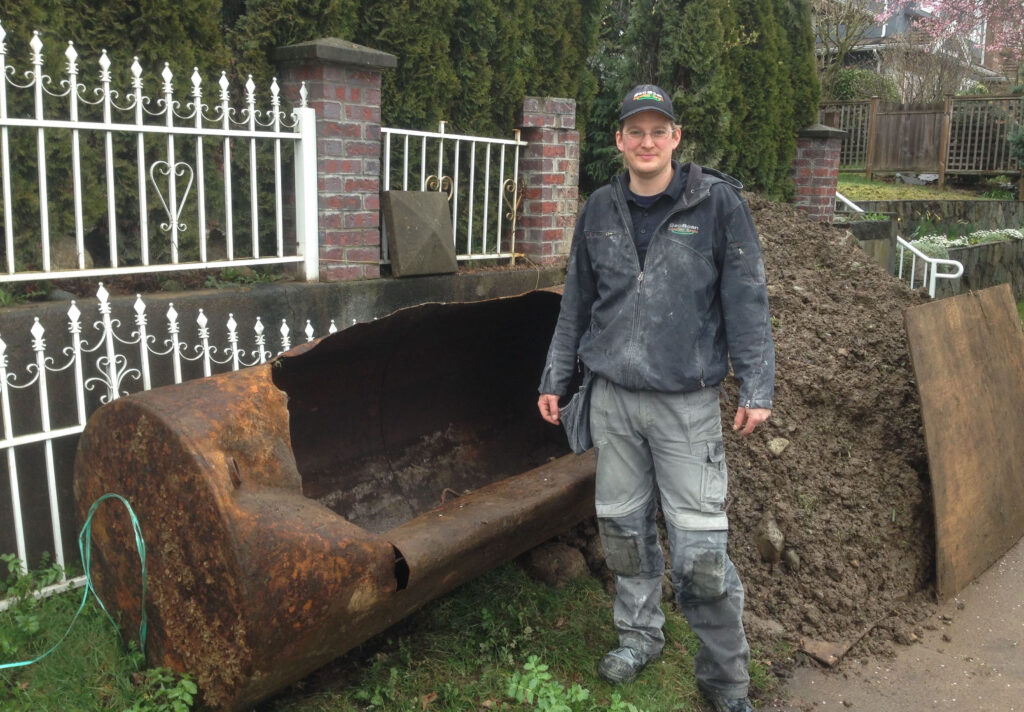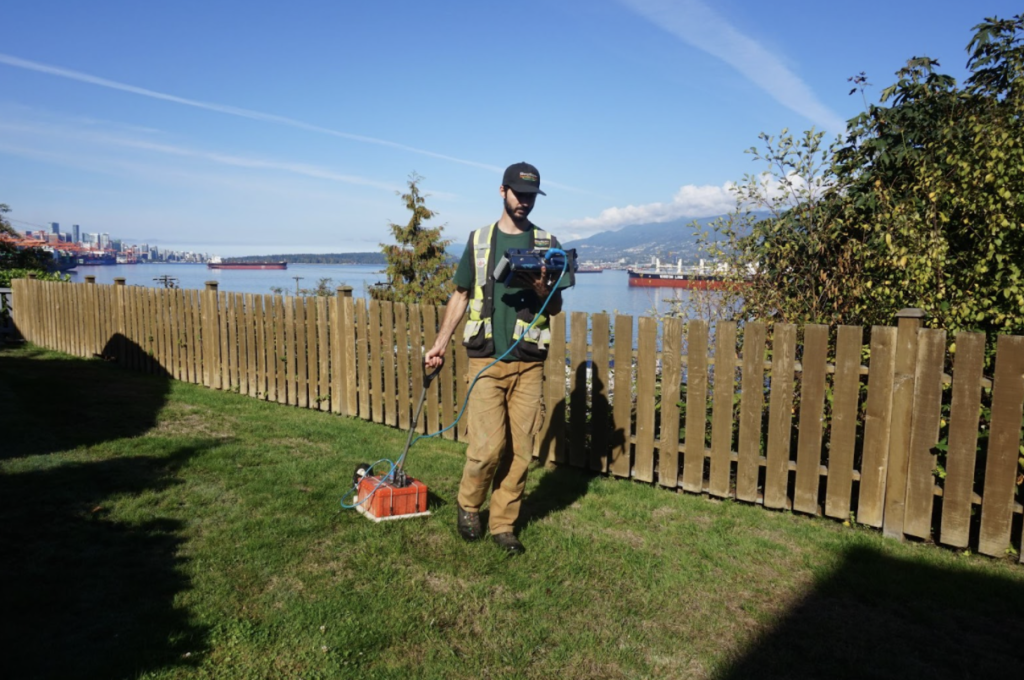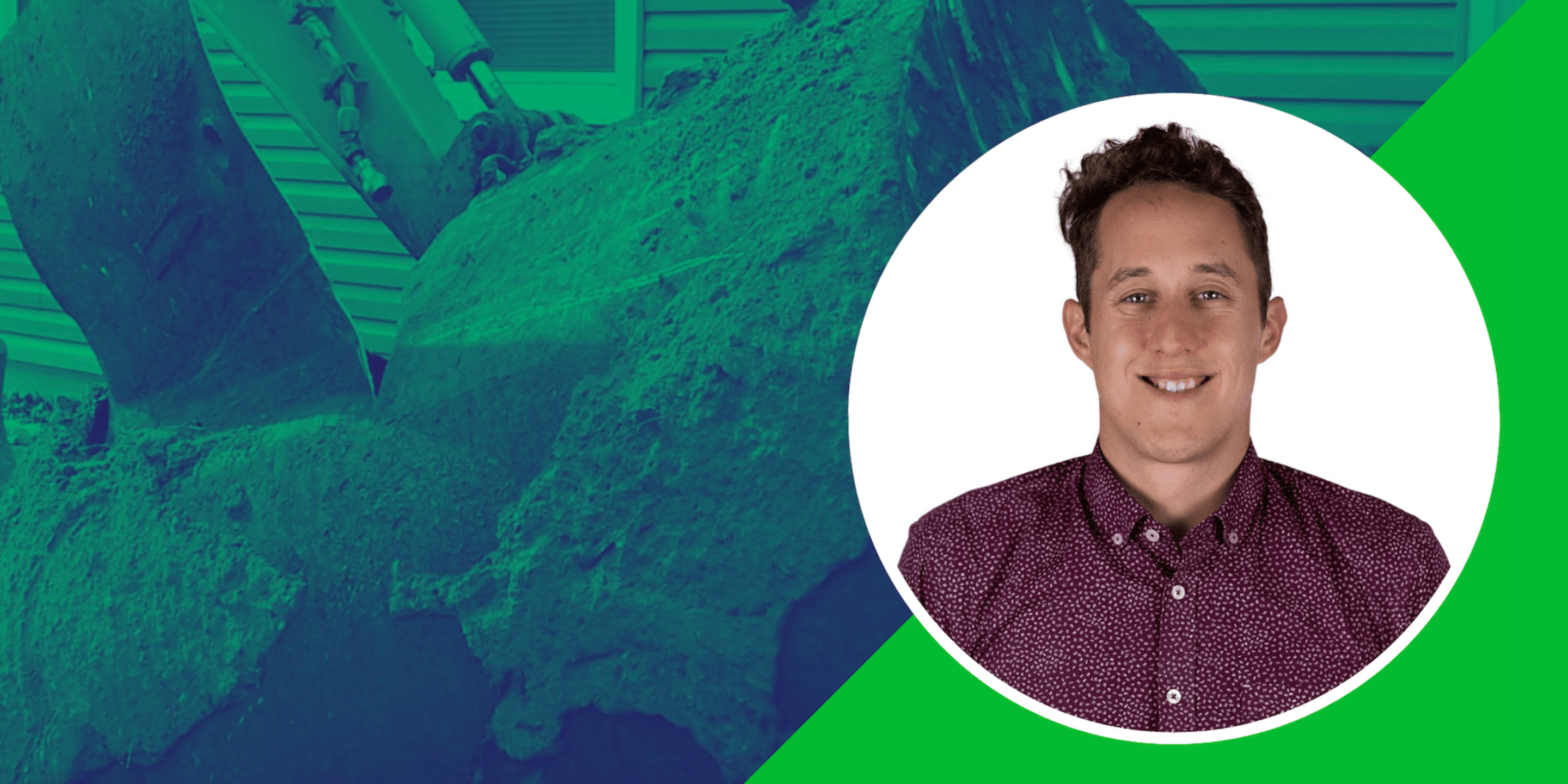In a recent webinar hosted by Director, Joseph Salazar, we discussed Underground Oil Tank Locating. Tailored to Canadian realtors, the session was also attended by property managers, environmental engineers, and homeowners.
Below are a few questions that were posed during the Q&A session, along with Joseph’s answers. Watch the full webinar to gain a greater understanding of the risks associated with tanks, how to know if there is one on your property, and what sort of technology is used to locate tanks.
What are Underground Oil Storage Tanks?
“Underground Oil Storage tanks (USTs) were commonly used to heat Canadian homes in the 20th century. If your house was built at some point between the 1920s and 1970s and you did not receive any information from the previous owners regarding a UST, you should have your property scanned.”

How much does an oil tank scan cost?
“It depends on the location in BC. For example, if you are in Vancouver it’s $550 – $600. That price increases depending on how far the GeoScan technician has to mobilize. The same cost would apply for Victoria, Kelowna and Courtenay. If we have to go further afield we’ll have to include additional mobilization costs. If a scan is required somewhere more remote, we would put together a specialist quote.”
How deep do metal detectors reach?
“Generally, they reach 1-2 metres. But the issue with metal detectors is that it will pick up surrounding metal. If there is metal nearby it will pick that up instead of the oil tank. Ground Penetrating Radar (GPR) is the superior method for locating. All of our scans are done with this technology. That being said, we always utilize a metal detector and electromagnetic locating to validate our findings.”

What else can GPR be used for?
“In terms of residential, GPR can be used to locate utilities such as gas lines, electricity, communications lines, and storm sewers. As can electromagnetic locating. Additionally, GPR can be used to scan concrete. This is essential when any coring or cutting is required. For example, if you need a window cut out of a foundational wall, ground penetrating radar is very good at scanning concrete and locating utilities. These are the typical bread and butter services of GeoScan and its sister company Xradar.”
How long does it take to report back to the client?
“Reports are typically issued the same day. The only exception is if the technician has run into overtime on that day. In that case, they would send it to the client the following day.”
